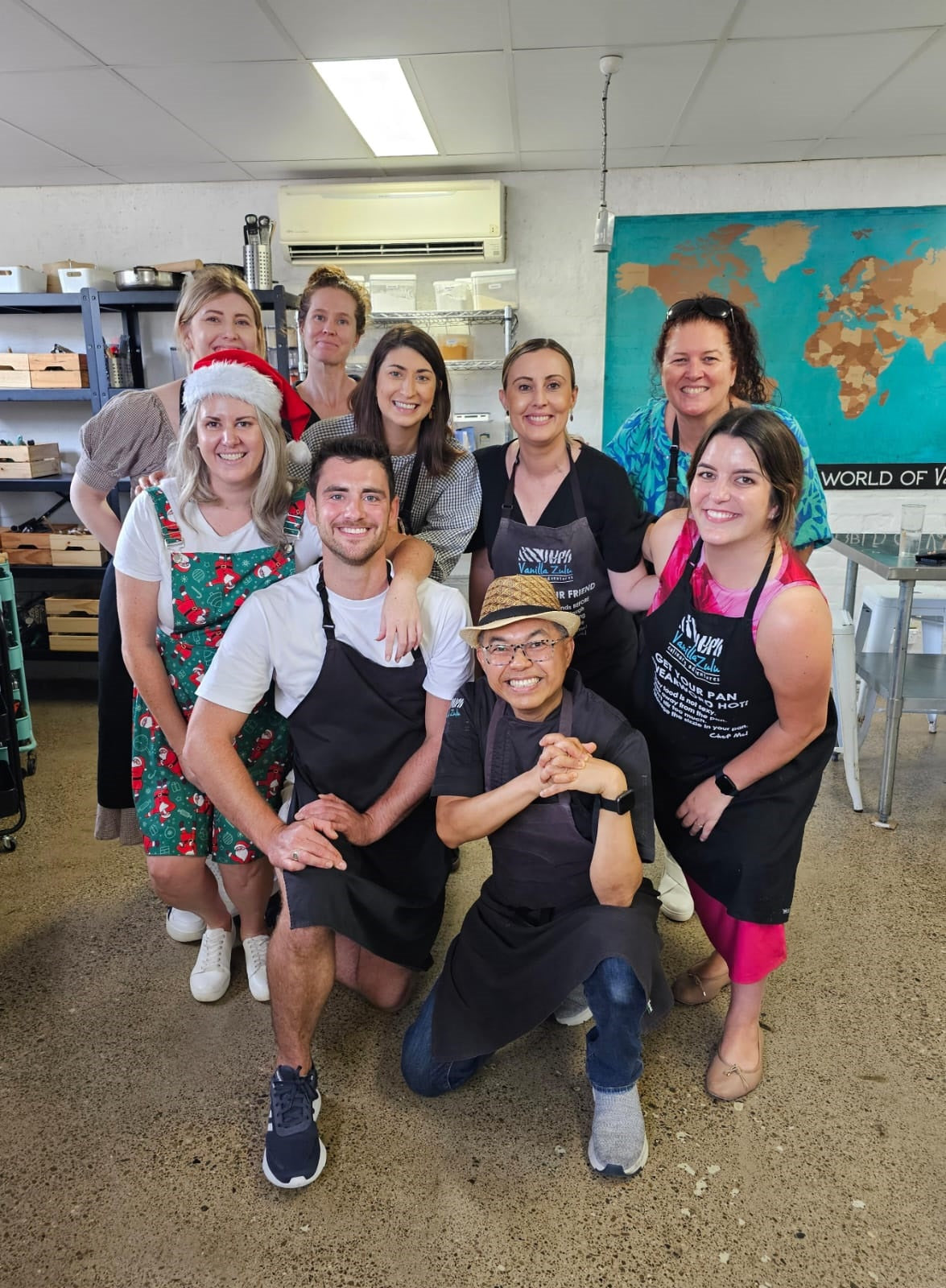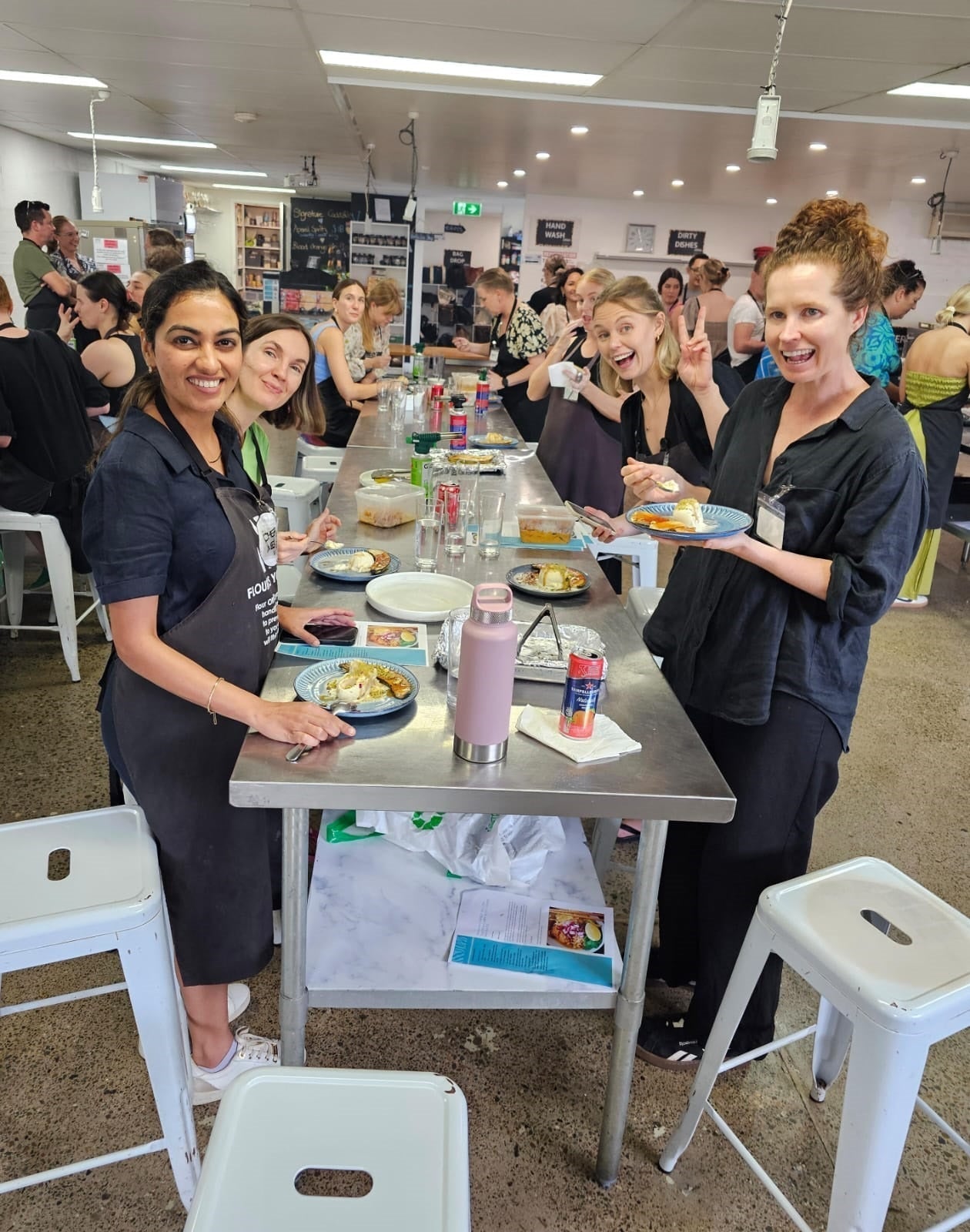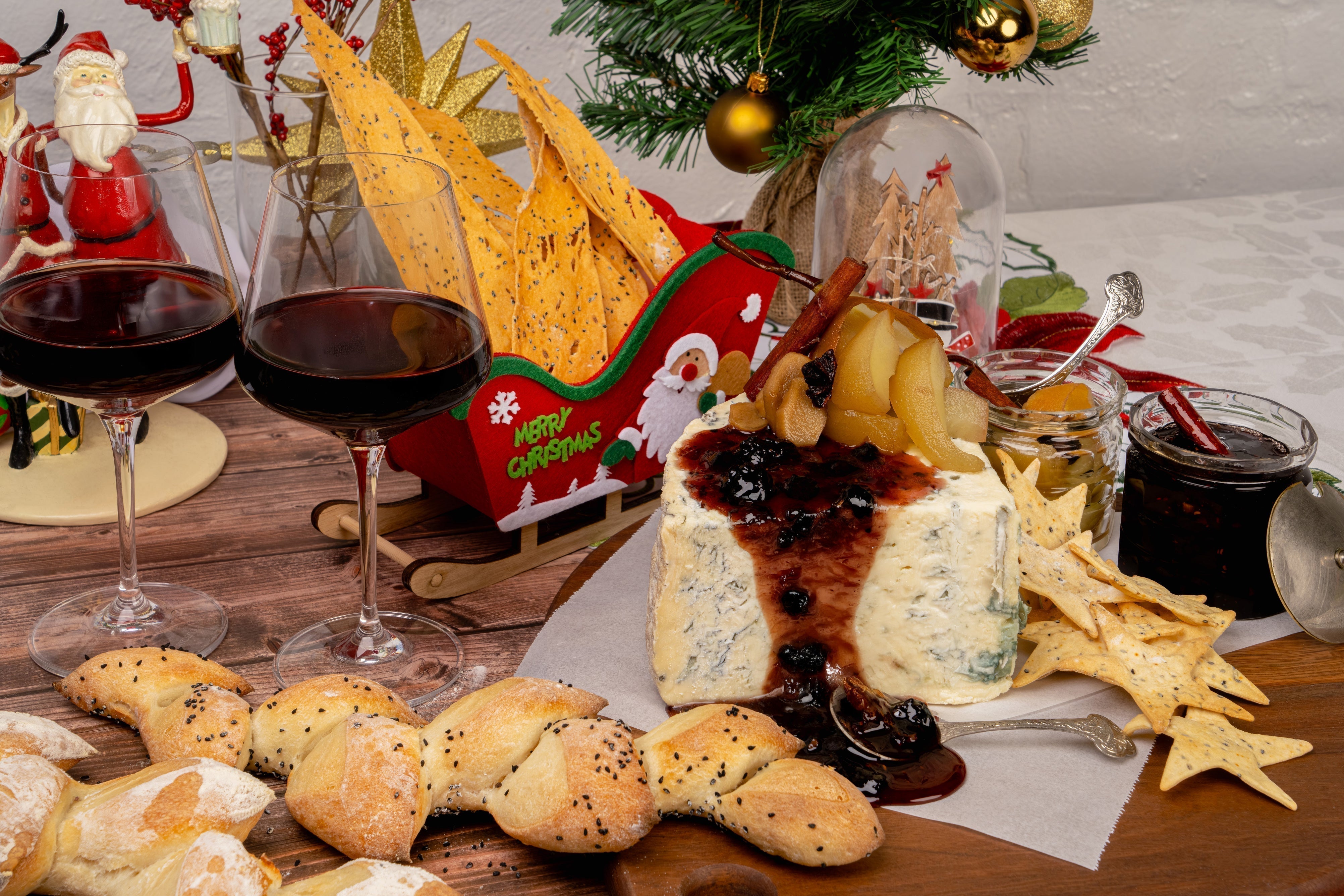
Adapting dishes for vegetarians, vegans or gluten-free diets
These days, you’re likely to find yourself cooking for guests with varying dietary needs – whether they're vegetarian, vegan, or follow a gluten-free diet. It may seem challenging at first, but adapting dishes can be a creative and rewarding way to expand your culinary repertoire and ensure everyone at your table can enjoy a delicious meal. Vanilla Zulu shares some cooking secrets with you to support your journey to becoming a more versatile home cook.
Vegetarian Adaptations: Focus on Flavour
Generally, vegetarians avoid meat, poultry, and fish, but consume dairy products and eggs. You can adapt almost any dish for vegetarians quite easily. If a recipe calls for meat, think about what role that meat plays in the dish. Is it for protein? Texture? Flavour?
Protein Substitutions: Lentils, chickpeas, black beans, tofu, tempeh, and a wide variety of mushrooms can provide excellent protein and substance. For example, swap mince in a Bolognese for brown lentils or chicken in a curry for chickpeas and paneer.
Umami Boosters: Meaty flavours can be replicated using ingredients rich in umami. Think about incorporating miso paste, nutritional yeast, dried mushrooms (rehydrated), or a dash of soy sauce (ensure it's gluten-free if catering to that need simultaneously). Roasting vegetables can also bring out deeper flavours.
Vegan Adaptations: Dairy and Egg Alternatives
Vegan diets are devoid of all animal products, including meat, poultry, fish, dairy, eggs, and often honey. For vegan adaptations, the key is replacing animal-derived ingredients with plant-based alternatives.
Dairy Swaps: Cow's milk can be replaced with almond, soy, oat, or rice milk. Butter can be swapped for plant-based margarines or oils. Cheese alternatives are widely available, from block cheeses to grated varieties and even vegan parmesan. For creamy sauces, cashew cream (blended soaked cashews), coconut cream, or silken tofu can work wonders.
Egg Replacements: In baking, 'flax eggs' (1 tbsp ground flaxseed mixed with 3 tbsp water, left to sit for 5 minutes) work well as a binder. Mashed banana or unsweetened applesauce can replace eggs for moisture in sweet recipes. For savoury dishes like frittatas, silken tofu is an excellent base.
Gluten-Free Adaptations: Navigating Grains and Thickeners
Gluten-free cooking primarily revolves around identifying and replacing gluten-containing ingredients. Individuals on a gluten-free diet avoid gluten, a protein found in wheat, barley, rye, and some oats (unless certified gluten-free). This means steering clear of most breads, pastas, beers, and many processed foods.
Grain Swaps: Wheat pasta can be substituted with rice, corn, lentil, or chickpea pasta. For baking, use gluten-free flours like almond, rice, oat (certified GF), or a pre-mixed gluten-free blend.
Thickening Agents: Instead of using wheat flour to thicken sauces, opt for cornflour (cornstarch), arrowroot powder, or potato starch. Always make a slurry with cold water before adding to hot liquids to prevent lumps.
Checking Labels: Gluten is one of the trickier diets to cater for, as it can hide in unexpected places like soy sauce, gravies, marinades, and even some spices. Always check labels for "gluten-free" certification or a clear list of ingredients.
Cook with Confidence and Creativity
When in doubt, don't be afraid to ask your guests about their specific dietary needs and preferences. Communication is key to a stress-free cooking experience. Remember, adapting dishes doesn't mean sacrificing flavour or excitement as many substitutes are now available in supermarkets and health shops. You might want to consider taking a cooking class in vegan or vegetarian cooking to be introduced to new ingredients and cooking techniques, making you a more confident and adventurous cook.
Vanilla Zulu can help you become a master in cooking for special diets. Book a cooking class in Brisbane today and discover your inner chef.
We offer classes in vegan cooking, healthy cooking, pizza, pasta and so much more.




